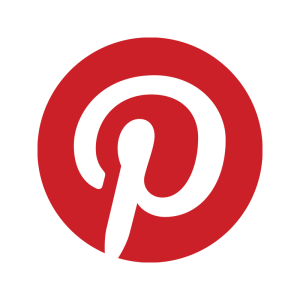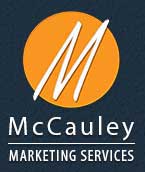How Pinterest Marketing Can Grow Your Brand and Audience
If you regard Pinterest as simply a time waster where women plan dream weddings and look up cheese-filled dip recipes, there is no better time than now to reconsider. Leaving Pinterest out of your brand’s marketing strategy means turning away a user base 70 million strong and 2.5 billion monthly page views—views that could have been purposeful searches looking for exactly what you’re selling.
Pinterest attracts users by allowing a deserved break from straining to read articles. Users decide what they want to read by their interest in the visual presented. Instead of posing as an amateur photographer on Instagram or comedian/reporter/writer extraordinaire on Twitter, Pinterest offers an alternative for users to simply showcase or hone in on their personal taste in an organized, visually striking way.
What makes Pinterest unique is not only the remarkable database of photographs from all over the web, but the opportunity for discovery in every search. When potential consumers search for a product on Google or Amazon, a specific search such as “creative gifts for first baby shower” likely won’t yield desired, relevant results. Type the phrase into Pinterest, and you’ll typically see a plethora of pins tailored directly to your request delivered in seconds. The return on the search itself materializes exactly what Pinterest founder; Ben Silbermann told Fast Company the goal of the platform is, “For everything on your feed to feel handpicked for you, with every product tailored to who you are, what you love, and who you want to be.”
For marketers, this presents an unparalleled opportunity to find an audience, drive traffic, and polish visual content marketing skills that may have been previously untouched. Whether you are attempting to push sales on your miracle anti-aging cream or drive traffic to the newest “Top 10” list on your blog, Pinterest has a place for all content to thrive when properly utilized. When creating a custom pin for your product, a thorough description is imperative. While your website URL appears in the top corner of the pin’s photo, it should also be added in the description. For example, writing “Marketing Tips for Pinterest” is less effective than “How to Market and Engage Followers on Pinterest from McCauleyAdvertising.com.” As a bonus, a well-thought out description can help your SEO keywords on Google Page Rankings.
Cross referencing on social platforms can also drive traffic and increase sales to reach goals and maximize ROI. Support your Pinterest account by referencing it on Twitter and Facebook, and watch how your metrics change. Marketers should be tracking average repins, likes, and comments per pin to determine what works and what doesn’t while adjusting accordingly. When making changes to your strategy, keep an eye on short term follower engagement. This number fluctuates rapidly when compared to follower engagement and can help to most effectively measure the success of your recent changes. Your most successful content can be viewed by checking up on your most repinned and clicked pins.
Metrics for top fans and influencers are also readily available through clicking on your name and scrolling down to the Analytics section or using tracking sites. The goal is to get the pinners with the most followers to be your followers—or at least promote you by repinning. Companies have started paying pinners with thousands of followers to pin their content, unbeknownst to the pinner’s follower base. Unlike Twitter and Facebook “sponsored” posts, these pins look just like unpaid pins because they match the unswerving style of the pinner. Paying influential pinners can help increase your reach and impressions, or number of times your brand’s pins are seen each day. However, it’s imperative that the pinners you pay are consistent with the content of your brand. Paying random active pinners could portray your content as spam, as well as put you at risk of oversaturation and producing worthless leads.
Still not convinced? Pinterest users are predominantly 25-54, educated women who have shown evidential tendencies of buying. Pins with a deliberate price tag garner an average of 1.5 likes, while pins without one average 1.1. An average sale resulting from a Pinterest user following an image back to its source is $180. For comparison, Facebook and Twitter stand at $80 and $70, respectively.
Wondering if your business will benefit from Pinterest? Stay tuned for our next blog discussing the specifics on how your company’s field uses Pinterest as an advantage. Atlanta based marketing company McCauley Services consistently provides you with the latest in marketing trends and platforms. To keep up and learn more, read our blog and follow us on Facebook, Twitter, and Google+.
